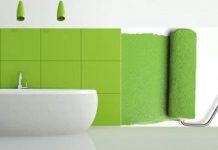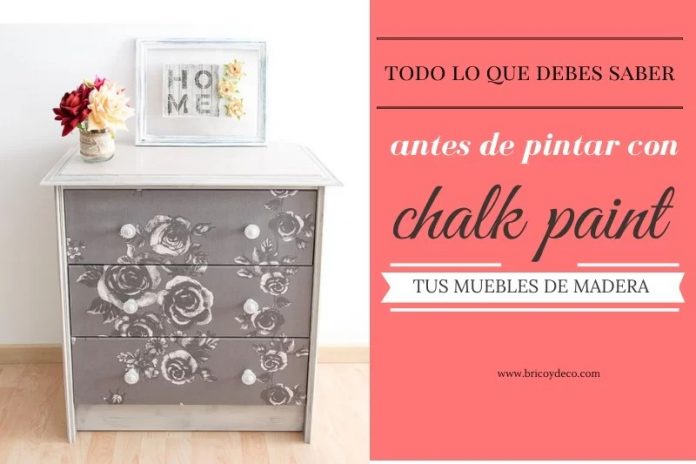

We have all heard of chalk paint or chalk paint, particularly it is one of my favorites when it comes to tuning and transforming furniture. It stands out for its ultra-matte finish and its good adherence to practically any surface, but there are a number of aspects that you should know when it comes to paint with chalk paint your wooden furniturekeep reading to know them.
It has been more than 20 years since Annie Sloan developed chalk paint. She wanted to give furniture and objects a second life with a paint that was easy to use, that did not require prior preparation (sanding or primer), that was multi-surface (wood, metal, plastic…) and that was suitable for both interiors and exteriors. Exterior.
Combining all these ingredients was how the chalk paint recipe came about, a paint that has marked a before and after in the world of decoration. In fact, at this point there are very few people who have not used it to renew their furniture, or at least have heard of it. However, there are a number of aspects that you must take into account before painting your wooden furniture with chalk paint.
Paint with chalk paint without sanding but…

It is undoubtedly one of the main attractions of chalk painting, as soon as they tell us that we are going to save us the step of sanding We jumped headlong into painting with chalk paint without taking into account that sanding not only helps the paint to have a better grip, but also:
- Contribute to level the surface removing irregularities such as bumps and scratches, as well as uncovering areas that need filler putty.
- Minimize grain From the wood.
- removes dirt and accumulation of cleaning products with ingredients that make adhesion difficult.
Sanding is not one of the most fun tasks when it comes to tune up or renovate a piece of furniture but it really doesn’t take much more effort than wiping with a rag before painting with chalk paint. It is not necessary (it is not even recommended) to pass a sander since it can leave fences. Nor should we relieve daily stress by sanding, if we do it without rhyme or reason and pressing too hard, the only thing we are going to achieve is scratching and damaging the furniture.
On the other hand, when sanding, the state of the furniture:
- If the surface is smooth and in good condition, fine-grain sandpaper will suffice to improve adhesion.
- If the furniture has imperfections you will need a medium grain sandpaper to smooth the surface.
In this link you will find a guide on how to choose the grain of the sandpaper according to the surface you are going to treat.
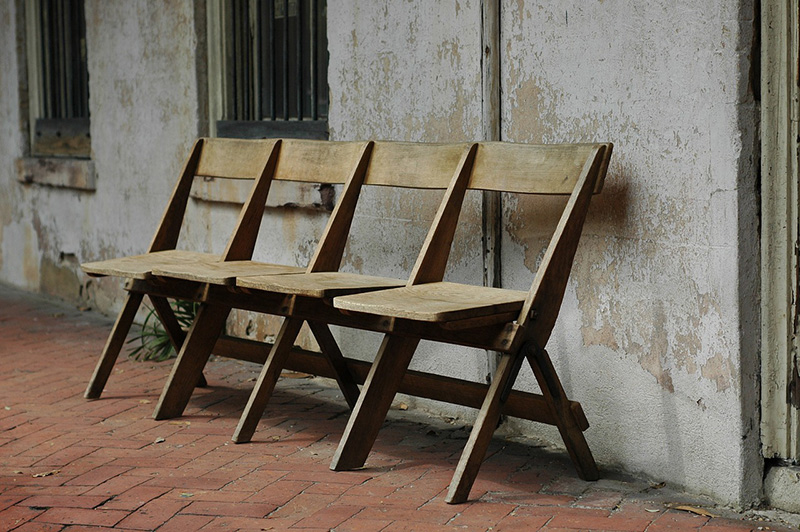
Another important aspect is whether the furniture has already been painted previously, since if it has several layers of paint or is deteriorated, it will have to be sanded / stripped yes or yes. Keep in mind that chalk paint is usually thicker than other types of paint, so it will increase the thickness of the surface, sometimes causing problems when closing furniture doors and drawers.
On the other hand, if you want to add the minimum thickness but keeping all the characteristics of chalk paint, then I recommend that you try its spray format. You will get a good coverage with very little product.
Finally, in addition to the preparation sanding, there is also the finish sanding, that is, the one provided once the paint has dried so that it is smooth and uniform. Chalk paint has a special texture that gives the furniture a greater personality, however, I love the soft and silky touch that remains after sanding.
Indeed, it is not necessary to sand after painting, but it is true that the composition of this type of paint makes sanding much easier and a result that “hooks” is obtained (from my own experience). In addition, there are certain techniques (such as stripping or the dry brush technique), which require subsequent sanding.
Paint with unprimed chalk paint but…
The chalk paint has an excellent adherence but it must be taken into account that the surfaces treated with high-gloss varnishes or old wood with stains caused by tannins or by use (water marks, wear, burns, etc.), they will need a primer to obtain a better result and prevent the stains from penetrating the paint or being perceived through it.
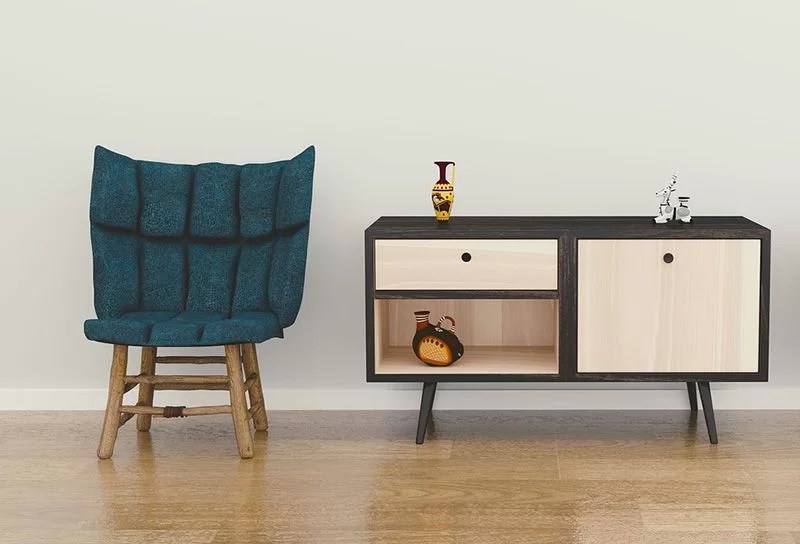
Other situations in which the primer is recommended before painting a piece of furniture with chalk paint are:
- When the furniture is painted in different colors, especially when you want to repaint a light tone. In these cases, it is likely that several layers of paint are needed to obtain a uniform result and you already know that the more layers of paint, the more thickness you will add.
- When after sanding it has produced a greater wear in one area than in othersshowing different shades.
- When you want to paint on an untreated piece of furniture on which they have been used. different types of wood for constructionsince each wood has its own properties and paint penetration power.
It should also be borne in mind that if the piece of furniture has been exposed to humidity or tobacco, it is likely that impregnated with such unpleasant odors and that they are not going to be eliminated by applying paint (much less chalk paint, which is completely odourless). In these cases, it is necessary to give a prior primer as it is one of the best ways to “block” odours.
Finally, I am aware that applying primer is as “fun” as sanding, in fact I have always been quite lazy both because of the added work and because of the extra time that it takes to respect the drying between layers.
The best solution I have found so far for this problem is to apply a spray primer, since it is a quick solution that also avoids sanding between layers of primer (it is advisable to give a couple). If the furniture also has stains or has an odor that puts it off, I recommend using an anti-stain and anti-humidity paint before painting with chalk paint (you can buy it at this link).
Summarizing…
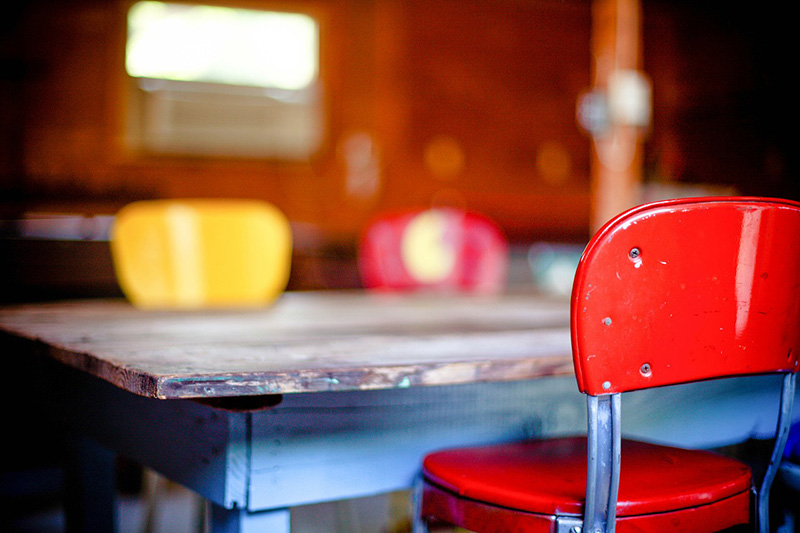
Smooth or not smooth? Do I prime or not prime before painting with chalk paint? Surely at this point in the post you are still wondering and my advice is as follows:
- Sand if the wooden furniture…
- It has a very shiny varnish.
- is damaged and has imperfections
- it’s very dirty
- layers and layers of paint have been applied
- Give primer to wooden furniture…
- to unify the base tone
- so that stains do not penetrate the paint
- so that the absorption of the paint is uniform
- to neutralize odors
Finally, remember that all the time you invest in preparation before painting will contribute positively to its durability. In future posts I will deal with the adherence of paint to chalk on other types of surfaces (melamine, glass, metal…), as well as the different ways to protect it both indoors and outdoors. Subscribe to the blog if you don’t want to miss this information!
If you liked this post, you can find many more guides and tips for painting with chalk paintas well as about DIY and decoration at Thank you very much for commenting and sharing!

[yotuwp type=»playlist» id=»PLdPViaULrtb7VJ007NndaFYcvd2TIJi_P» ]


